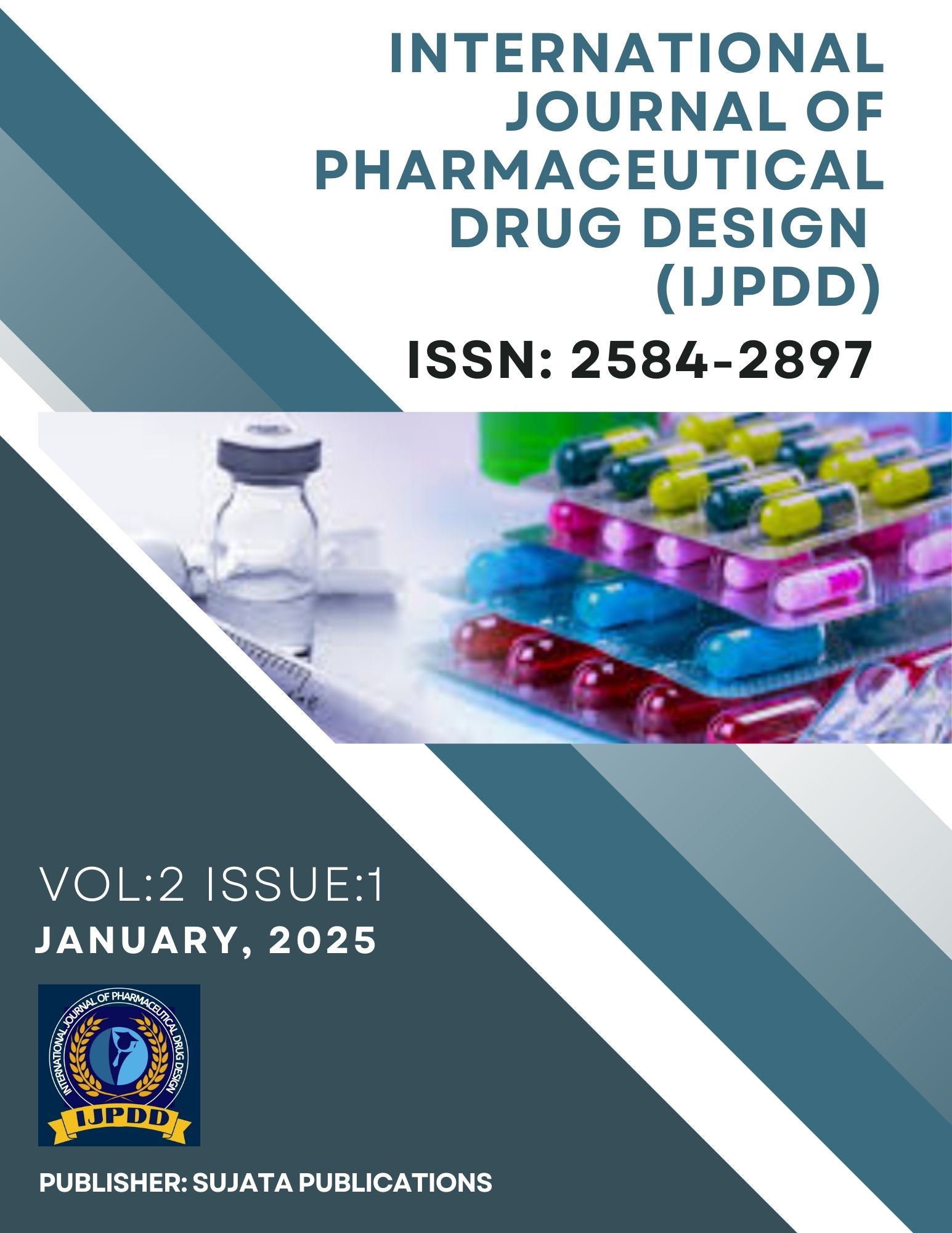A review on Zanthoxylum Armatum: Traditional Uses, Phytochemistry, Pharmacological Activities
DOI:
https://doi.org/10.62896/10.62896/ijpdd.2.1.4Keywords:
Zanthoxylum Armatum, taxonomy, geographical distribution, ethnopharmacological, phytochemical constituents, pharmacological aspectsAbstract
Background: Zanthoxylum armatum, a versatile plant known for its extensive pharmacological and phytochemical properties, has been traditionally utilized in various cultures for medicinal purposes. It is a well-known medicinal plant from the Rutaceae family that is native to Korea, China, Japan, and Pakistan. Objective: The current review provides the necessary data for collecting descriptive information on the organoleptic, microscopical, ethnobotanical, phytochemicals, and pharmacological properties of Z. armatum; thus it may aid in bridging research gaps and future findings for the majority of studies. Materials & Methods: The current investigation seeks to assess the extant body of research pertaining to the biological evaluation of Z. armatum derivatives. Specifically, this analysis will concentrate on the approaches, and findings employed by scholars in this field. Results: The majority of bioactive metabolites have been identified and described, such as monoterpenes in essential oils and lignan components in herbs. Several in vitro and in vivo pharmacological bioassays indicated Z. armatum potential for antimicrobial, antifungal, antibacterial, and hepatoprotective properties, among others. Conclusions: The present study focuses on the phytochemical analysis of Z. armatum, to investigate its pharmacological characteristics and potential therapeutic applications. It is imperative to conduct additional studies in order to fully understand its biological mechanism of action and explore its potential therapeutic applications. Significance: It is widely recognized for its medicinal properties in treating dental cavities, stomach aches, rheumatism, and other ailments. The plant fruits stem barks and stems contain several bioactive secondary metabolites such as alkaloids, amides, lignin’s, and terpenoids. These entities potential applications in pharmaceutical research and beyond are being considered, emphasizing their importance in a variety of fields of study.
Downloads
Published
Issue
Section
License
Copyright (c) 2025 Sujata Publications

This work is licensed under a Creative Commons Attribution-NonCommercial 4.0 International License.
















